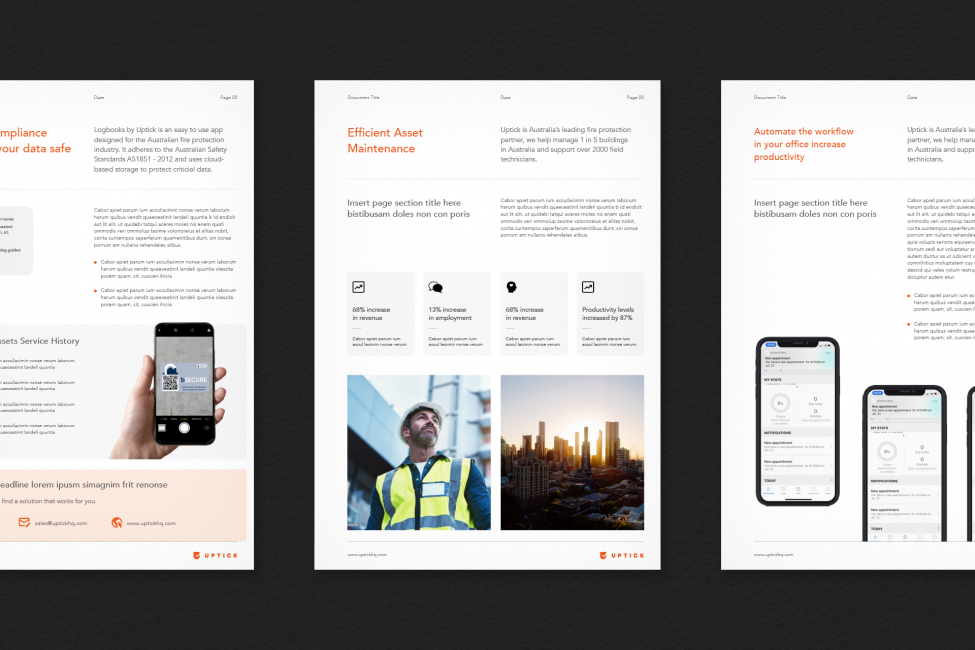Digital or Print Annual Reports
Which one is right for you?
A well-designed annual report can do a lot more than just outline your yearly numbers. It can help you connect meaningfully with shareholders, stakeholders and employees while also generating new interest. Now that you have a great design, let’s look at delivery channels.
The digital-first approach is on the rise. More and more companies are lifting their digital capability while a traditional print approach is often still needed for filing and archiving, and to appeal to certain demographics.
Here’s what you need to know about both.
BENEFITS OF DIGITAL ANNUAL REPORTS
Create more engaging content
Due to the nature of their content, annual reports can be hard to digest. Digital platforms offer more engaging ways to present your data through videos, sound, animation, and interactive elements, which can also help convey your brand identity. This can also showcase to your stakeholders that as an organisation, you are willing and able to adapt to a rapidly changing technological landscape.
With no word or page limits, you can use pop-ups and hyperlinks to allow your readers an opportunity to deep dive into the data they are interested in.
Environmentally friendly
There is no doubt that more and more organisations are looking for strategies to minimise their carbon footprint and positively contribute to saving our planet. A digital-first approach to your annual report is an eco-friendly option that doesn’t require paper. You also continue to save paper with any required amendments — instead of reprinting your report, you can simply revise it digitally, which will automatically update the report for all recipients.
Once you have a strong design and solid template for your report, this can be reused, potentially saving on budget and time each year. If you already have a website, consider your annual report as an extension of this which can be shared with relevant organisations, stakeholders and collaborators.
Track report interactions
With digital reports, you can track where viewers spend their time and attention. This kind of information is valuable and can help you shape your next report to focus on what your shareholders want to see.
BENEFITS OF PRINTED ANNUAL REPORTS
Maintain consistency with your target audience
It’s important to keep in mind your target audience because, according to statistics, some demographics —in particular boomers — prefer print as they are used to and feel it offers a much more uncluttered experience.
It’s also important to take the nature of your business into account, as print may do a better job of showcasing your work. For some industries, it might seem counterintuitive to present your annual report in a digital format.
Print is considered a trustworthy medium
Most adults today grew up with textbooks and academic journals. Even if read online, there were also print versions available. Research reveals that print is trusted 70% more than digital as a platform for factual information across all demographics. The ‘finality’ of print adds a level of substantiality and credibility.
Tactility
Most people stare at a computer screen all day for work. To balance their screen-time, many find joy in the tactility of reading printed material. A survey undertaken by Toluna in 2017 reveals that 66% of Australians see print as an enriching way to take a break from their well-trodden digital landscapes.
There are also tactile design techniques used in print, such as embossing and glossy pages, to make your report more enticing to read.
Conclusion
Deciding whether to go with print or digital for your annual report can depend on your business and target audience. Still, it is always good to make an informed decision by exploring both avenues. Another alternative is to have a mix of both mediums!
Click here to find out more about our annual report service.
Need help choosing the right approach for your organisation? Let’s chat.




